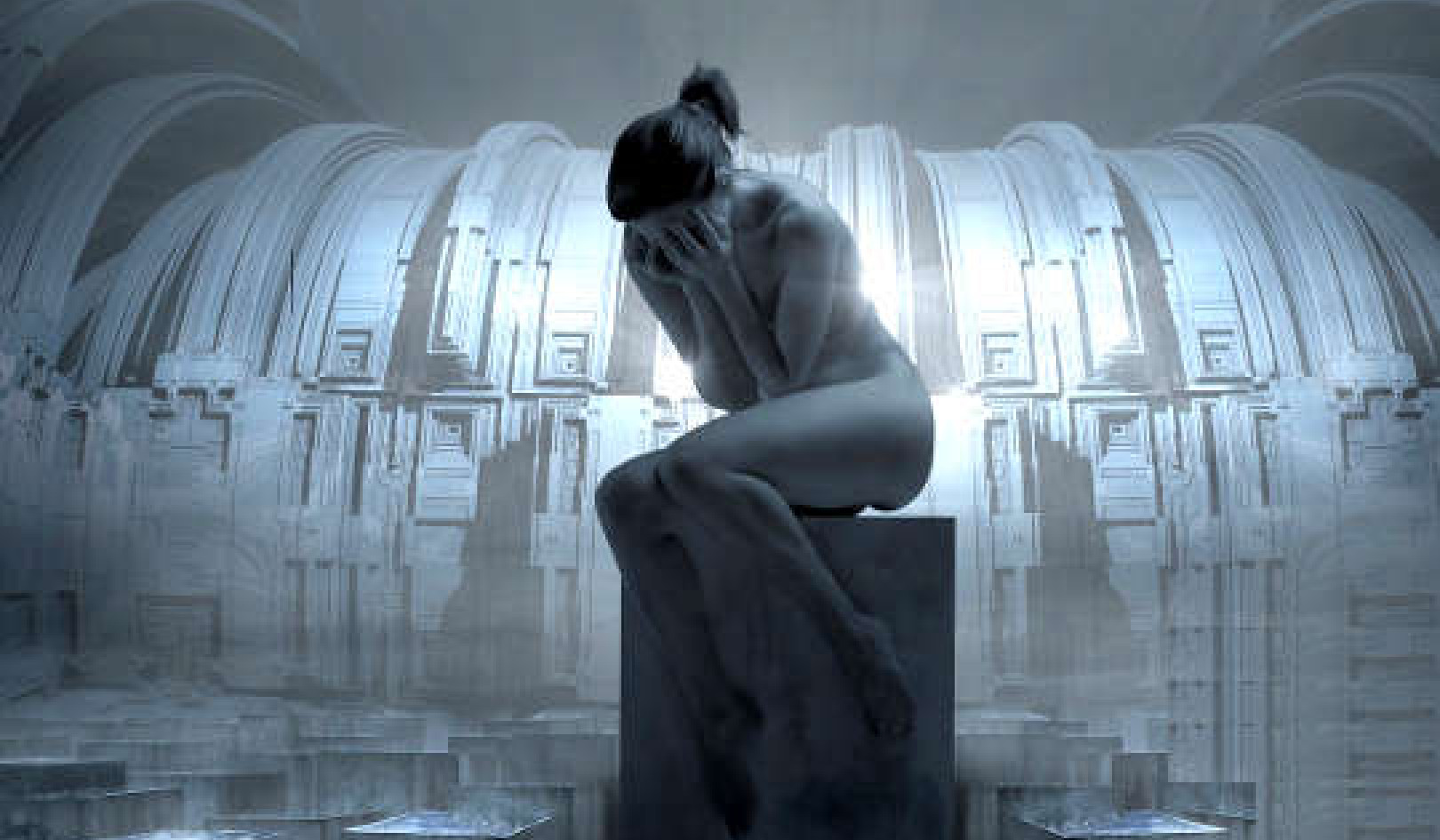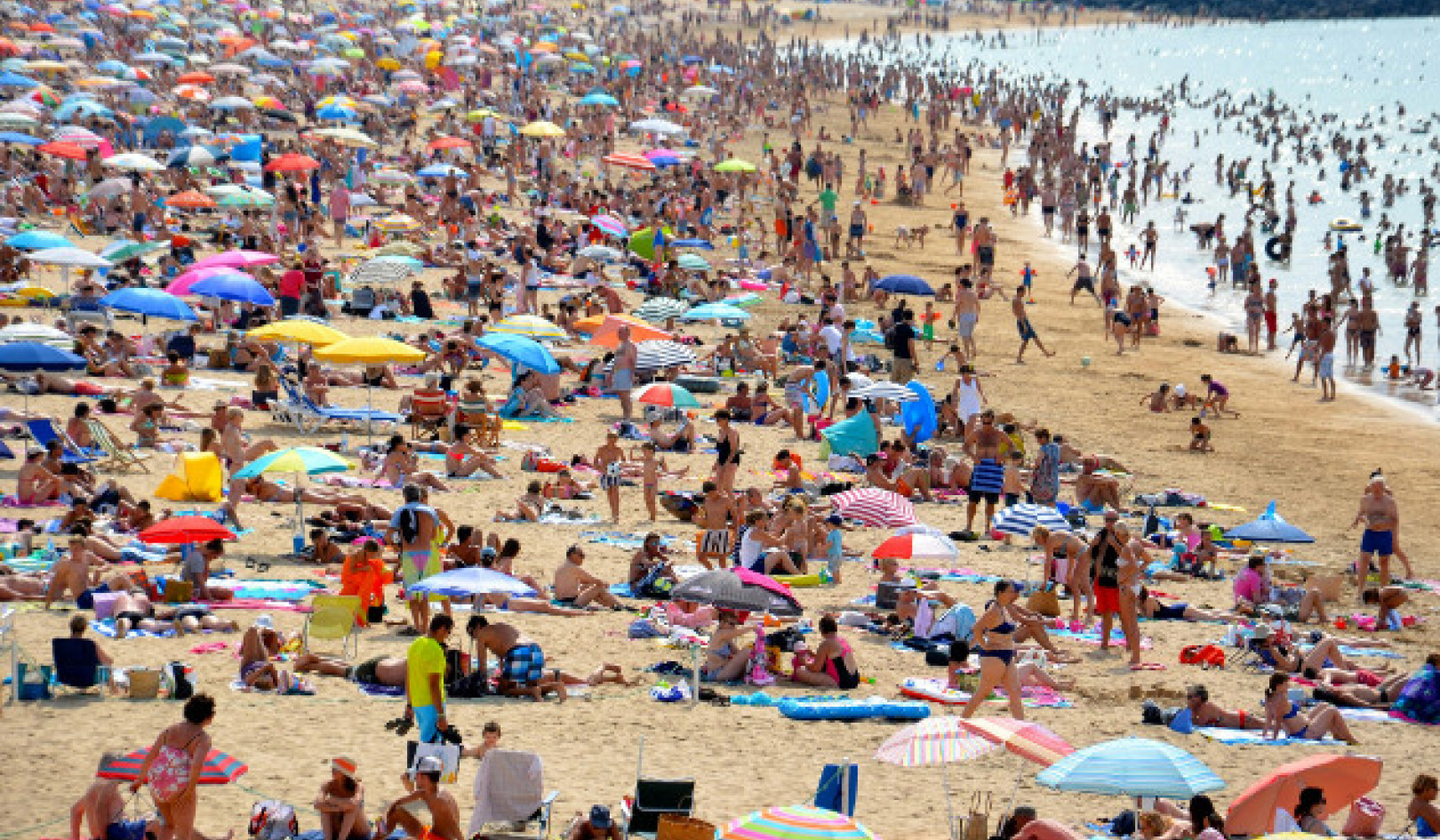According to Geoffrey of Monmouth, whose History of the Kings of Britain was written in 1136, the mysterious monoliths at Stonehenge were first spirited there by the wizard Merlin, whose army stole them from a mythical Irish stone circle called the Giants’ Dance.
Centuries before the development of rudimentary geology, Geoffrey’s exotic theory – that the stones at Stonehenge were filched from a foreign field – has enveloped the 5,000 year-old site in yet another layer of mystical intrigue. Now, it appears the medieval chronicler might have been on to something.
Though the stones were moved by manpower not magic, and taken from Wales not stolen from Ireland, our new research has revealed that Stonehenge may actually have first stood on a windswept hillside near the Pembrokeshire coast, at a site called Waun Mawn, before 3000BC. Our findings have dramatic implications for our understanding of the UK’s best-known Stone Age site.
Stonehenge was built in five constructional stages over 1,500 years, beginning around 3000BC. Among its stones are the bluestones: smaller pillars of dolerite, rhyolite, volcanic ash and sandstone which we have long known were sourced from the Preseli Hills (Mynydd Preseli) in west Wales, more than 140 miles (225km) away. Stonehenge is the only stone circle in Europe whose stones were quarried more than 20km away, making it very unusual.
Our excavations at Stonehenge in 2008 produced evidence that the Welsh bluestones had formed the site’s first stone circle, set in a wide ring known as the “Aubrey Holes”. Then, recently, geologists matched two of the types of dolerite and rhyolite present at Stonehenge to specific rock outcrops in the Preseli Hills called Carn Goedog and Craig Rhos-y-felin.
This led our team to Preseli to dig at the outcrops, where we recovered evidence of quarrying tools – stone wedges and hammerstones – which confirmed that the sites were indeed Stone Age quarries. Most importantly, carbonised wood and hazelnuts identified by archaeobotanist Ellen Simmons provided proof that people quarried at both sites from around 3400BC.
Rocky patch
The early date of quarrying was puzzling. Surely it couldn’t have taken 400 years to haul newly-quarried bluestones to Stonehenge? The stones from Carn Goedog and Craig Rhos-y-felin must have stood elsewhere in the centuries before they were transported to Wiltshire. This would concur with the theory of the eminent Welsh geologist Herbert Thomas, who in 1923 worked out that Stonehenge’s bluestones had been moved to Salisbury Plain by people – not carried, as some had speculated, by Ice Age glaciers.
Thomas concluded that the bluestones originally formed a “venerated stone circle” somewhere in Wales. To prove this theory, we needed to find that original site. So we set about searching for a Welsh stone circle that we could conclusively link to the stones on Salisbury Plain.
We actually looked at Waun Mawn first. A frankly unimpressive arc of four stones located just three miles (5km) from the quarries, we dismissed the site after a brief survey. Yet after having no luck with other circular monuments in the area, we returned to Waun Mawn for a final speculative dig.
To everyone’s delight, our dig supervisor Dave Shaw discovered two empty stoneholes, one on each end of the arc of stones, where missing stones had once stood. Subsequent digs unearthed further stoneholes, arranged in a circle with an identical diameter to Stonehenge’s enclosing ditch.
Dating holes
Dating the stoneholes – when the removed stones were first placed at Waun Mawn, and when they were taken away – would be crucial for establishing a link to Stonehenge. Their erection and dismantlement had to have taken place before 3000 BC: the date the first stage of Stonehenge was erected.
We used a technique called optically stimulated luminescence (OSL) to date the sediment contained in the stoneholes. OSL dates the time at which mineral grains in the sediment were last exposed to daylight, immediately prior to deposition. Using this method, we dated the construction of Waun Mawn in the middle to latter part of the fourth millennium BC. This means it was constructed shortly before the initial construction of Stonehenge.
Most strikingly, we also discovered a stone chip in one of the stoneholes at Waun Mawn, which must have become detached from the bluestone pillar that originally stood there. It was confirmed as unspotted dolerite, a rock type represented by three stones at Stonehenge.
The imprint left by the flat bottom of this bluestone pillar happened to be exceptionally clear. It showed that this stone had an unusual pentagonal cross-section which could be matched by only one of the 43 bluestones at Stonehenge. A computerised model of the Waun Mawn imprint and Stone 62 at Stonehenge showed that they fitted together perfectly: like a key in a lock.
Prehistoric haulage
The evidence linking Waun Mawn to Stonehenge is strong. But one fascinating question remains: why did Neolithic people move the bluestones? Scientific analysis of the cremated remains of the people buried at Stonehenge thousands of years ago might provide the answer.
A new technique for extracting strontium isotopes from cremated bone has helped us learn more about the human remains interred within Stonehenge, revealing that the people buried there 5,000 years ago came from different geological regions of Britain. Four of the individuals analysed had geological signals consistent with these people having lived in west Wales. It therefore seems highly likely that people came with the bluestones – and stayed with them.
One theory for why prehistoric people might have dismantled a stone circle in west Wales and transported it all the way to Salisbury Plain proposes that the stones were the embodiment of those people’s ancestors.
This hypothesis is based on Malagasy archaeologist Ramilisonina’s observation that stone in Madagascar represents the ancestors because it’s durable and permanent, in contrast to wood which is transient, like the living.
Our discoveries have aligned with Ramilisonina’s theory: burials suggest Stonehenge was a place of the dead, while there is evidence of nearby “woodhenges” at Durrington Walls that were surrounded by the houses of the living. Perhaps the Neolithic people of Preseli, some 200 generations ago, decided to relocate themselves to another ceremonial complex, uprooting and replanting the stones to give them ancestral authority over this new land.
If there is any truth in Geoffrey’s legend, it can only be the tiniest grain. Stories passed down by word of mouth grow and mutate in the telling, and seemingly inexplicable phenomena such as the huge monoliths at Stonehenge are often attributed to magical forces. But, while the stones on Salisbury Plain no doubt continue to enchant, our research has helped answer some of the lingering questions surrounding the UK’s best-known archaeological site.
About the Author
Mike Parker Pearson, Professor of Archaeology, Institute of Archaeology, UCL
This article is republished from The Conversation under a Creative Commons license. Read the original article.


























